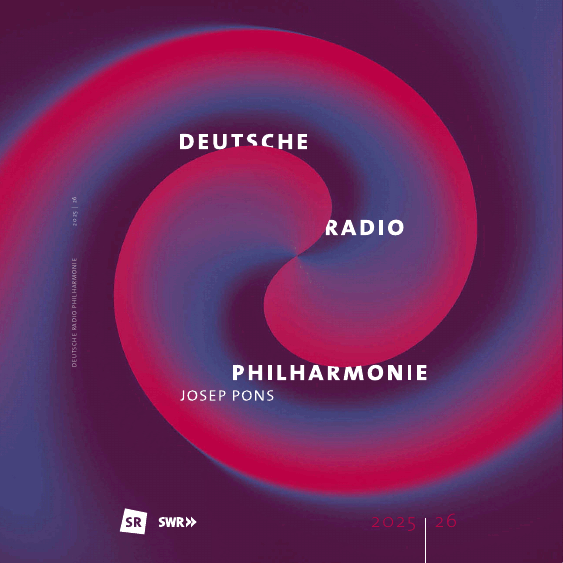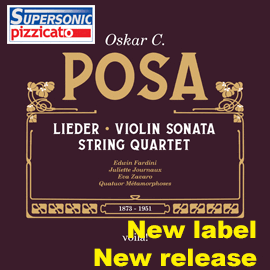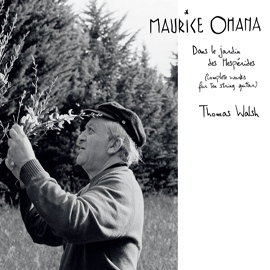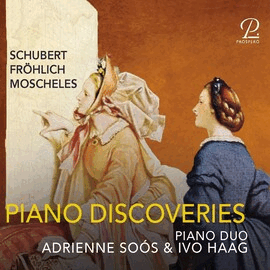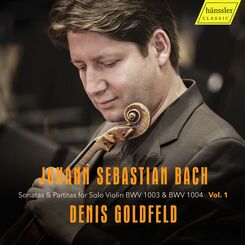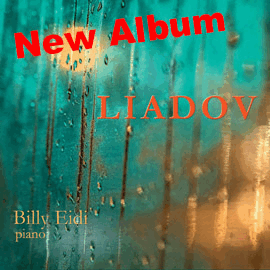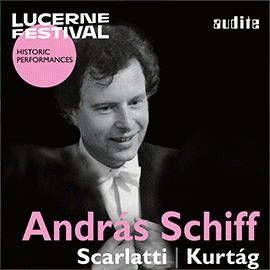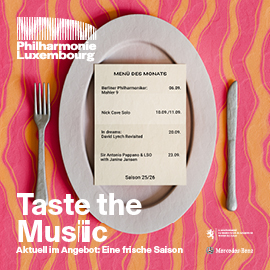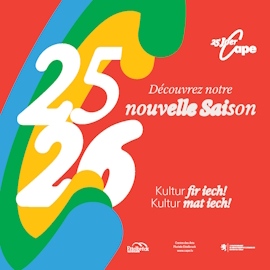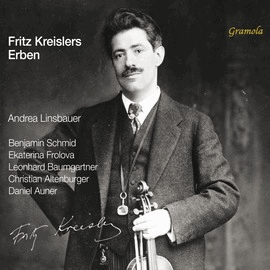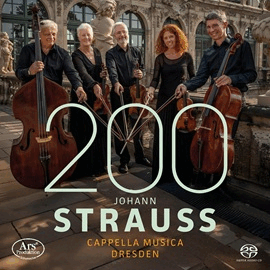Denis Goldfeld stammt noch aus der Sowjetunion, wurde dann aber u. a. bei Zakhar Bron in Lübeck ausgebildet. Die russische Schule schimmert auch bei ihm durch, so dass man sich technisch unbedingt auf sein Spiel verlassen kann. Er gibt sich nicht mit Halbheiten zufrieden, es ist kein Gehudel zu hören, keine noch so kleine Unachtsamkeit trübt sein Spiel. Jeder Ton sitzt, nichts bleibt dem Zufall überlassen. Den Ton seiner Geige entwickelt er immer substanzreich und berückend schön. Die Intonation gelingt bestechend und seine Geläufigkeit ist beeindruckend.
Das strenge Tempo barocker Musik wird in seiner Deutung mitunter auch zu einer strengen musikalischen Ausformung gestanzt, was dann auch, wie in den ersten Takten der Passacaglia die technisch harte wahrnehmbare Bogenführung im Akkordspiel betrifft. Seine Sprache ist so teilweise so klar und puristisch, dass es mechanisch wirkt. Dann wieder serviert er wunderbar schwebende Nuancen, denen man versunken lauscht. Und vor allem bindet er die Noten immer zu groß atmenden Bögen zusammen, so dass aufschlussreiche Formationen zu erleben sind. Die zweiten, die Sonate und die Partita mit der großen Passacaglia, werden bei ihm zu unmittelbar ansprechenden Seelenbildern, die insgesamt betrachtet berühren. Speziell den Schlusssatz der Partita gestaltet er als lebensbejahende große Reise und nicht als letzte Fragen stellenden Rückblick und damit mit einer positiven Konnotation.
Denis Goldfeld comes from the Soviet Union, but was then trained by Zakhar Bron in Lübeck, among others. The Russian school also shines through in his playing, so that one can absolutely rely on his technique. He is not satisfied with half measures, there is no fumbling to be heard, not even the slightest carelessness clouds his playing. Every note is spot on, nothing is left to chance. He always develops the tone of his violin with substance and captivating beauty. His intonation is captivating and his fluency is impressive.
In his interpretation, the strict tempo of Baroque music is sometimes also stamped into a strict musical form, which then also affects the technically hard bowing in the chord playing, as in the first bars of the Passacaglia. His language is sometimes so clear and purist that it seems mechanical. Then again he conjures up wonderfully floating nuances to which one listens absorbedly. And above all, he always binds the notes together into large, breathing arcs, so that revealing formations can be experienced. The second, the sonata and the partita with the great passacaglia, become immediately appealing images of the soul which, taken as a whole, are touching. The final movement of the partita in particular is designed as a life-affirming great journey rather than as a review posing final questions and thus with a positive connotation.



